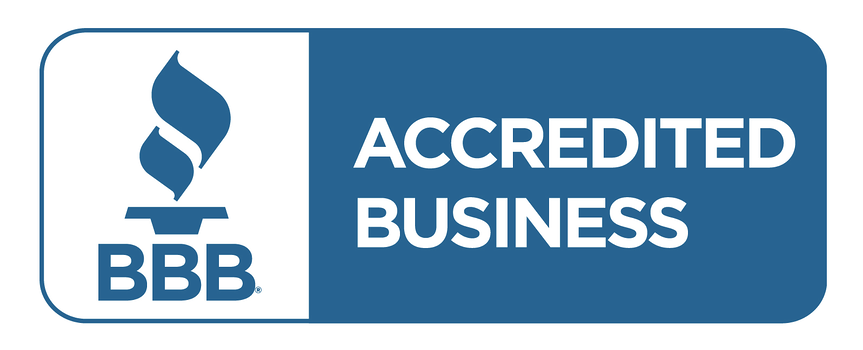What is a Reverse Mortgage?

Can You Explain To Me What A Reverse Mortgage is?
-Debra
A Home Equity Conversion Mortgage (HECM), commonly known as a reverse mortgage, enables seniors to access a portion of their home’s equity without having to make monthly mortgage payments as long as they live in the home as their primary residence, continue to pay required property taxes, homeowners insurance and maintain the home according to FHA requirements.
Eligibility for a reverse mortgage loan
To be eligible for a HECM reverse mortgage loan, the youngest borrower on title must be at least 62 or older and must meet financial eligibility criteria as established by HUD. The home must be owned free and clear or all existing liens and mandatory obligations would need to be satisfied through the reverse mortgage proceeds.
Eligible home types
Many home types are eligible: single family residences, 2-to-4 unit owner-occupied dwellings, FHA approved condominiums, and manufactured homes that meet FHA requirements.
Difference between a reverse mortgage and a home equity loan
With a HECM, the borrower doesn’t have to make any monthly mortgage payments1. Whereas borrowers with a Home Equity Line of Credit (HELOC) must pay back any funds borrowed, plus interest, within the repayment period.
The interest rates for a HECM versus a HELOC are fairly comparable. Upfront costs for a HECM reverse mortgage are significantly higher than they are for a HELOC. Unlike a HELOC, however, there are no draw or utilization fees with a HECM. In addition, HECMs do not have a set draw period or a limit on the number of draws after the first 12 month disbursement period.
Therefore, a HECM gives borrowers the flexibility to use the line of credit any time and in any amount, until the line of credit is exhausted. With a HELOC, the lender can reduce or cancel the line of credit under certain circumstances.
When the loan becomes due
The loan generally does not have to be repaid until the last surviving homeowner on title permanently moves out of the property or passes away. At that time, the estate can repay the balance of the reverse mortgage loan and keep the home or sell the home to pay off the balance. The loan will also become due if the borrower fails to continue to pay required property taxes, homeowners insurance, and maintain the home according to FHA requirements.
Estate inheritance
If the equity in the home is higher than the balance of the loan when the house is sold, the remaining equity belongs to the heirs/estate.
The estate is not personally liable if the home sells for less than the balance of the reverse mortgage loan. No other assets are affected by a reverse mortgage. For example, investments, second homes, cars, and other valuable possessions cannot be taken from the estate to pay off the reverse mortgage.
Available loan proceeds
The amount of funds that you can receive depends on many factors, such as: age of the youngest borrower, current interest rate, and the lesser of the appraised value of the home, the sale price or the FHA maximum lending limit. The amount of funds available may be reduced if a set-aside is required to pay for property taxes and insurance.
The funds available to you may be restricted for the first 12 months after loan closing, due to HECM requirements. In addition, the borrower may need to set aside additional funds from the loan proceeds for taxes and insurance. Generally, the higher the value of the home, the higher the loan amount will be, up to the FHA’s maximum lending limits. Use our reverse mortgage calculator to estimate how much you could receive.
Distribution of money from a reverse mortgage loan
There are several ways to receive the proceeds from a reverse mortgage loan:
- Lump sum – a lump sum of cash at closing (only available for fixed-rate loans)
- Tenure – equal monthly payments as long as the homeowner lives in the home
- Term – equal monthly payments for a fixed period of months
- Line of Credit – draw any amount at any time until the line of credit is exhausted2
- Any combination of those listed above
Borrowers may access the greater of 60% of the principal limit amount or all mandatory obligations, as defined by the reverse mortgage requirements, plus an additional 10% during the first 12 months after loan closing for all adjustable rate loans. For fixed rate loans, the additional 10% may only be taken at loan closing. The combined total of mandatory obligations plus 10% cannot exceed the principal limit amount established at loan closing. The principal limit is the amount of funds available to the borrower through a reverse mortgage loan.
Speak with a Liberty advisor for further details.
1You must live in the home as your primary residence, continue to pay required property taxes, homeowners insurance, and maintain the home according to FHA requirements. Failure to meet these requirements can trigger a loan default that may result in foreclosure.
2 The reverse mortgage loan balance grows at the same rate as the available line of credit. Line of credit growth occurs and is only a benefit when a portion of the line of credit is not used. The unused line of credit grows over time and more funds become available during the life of the loan.

